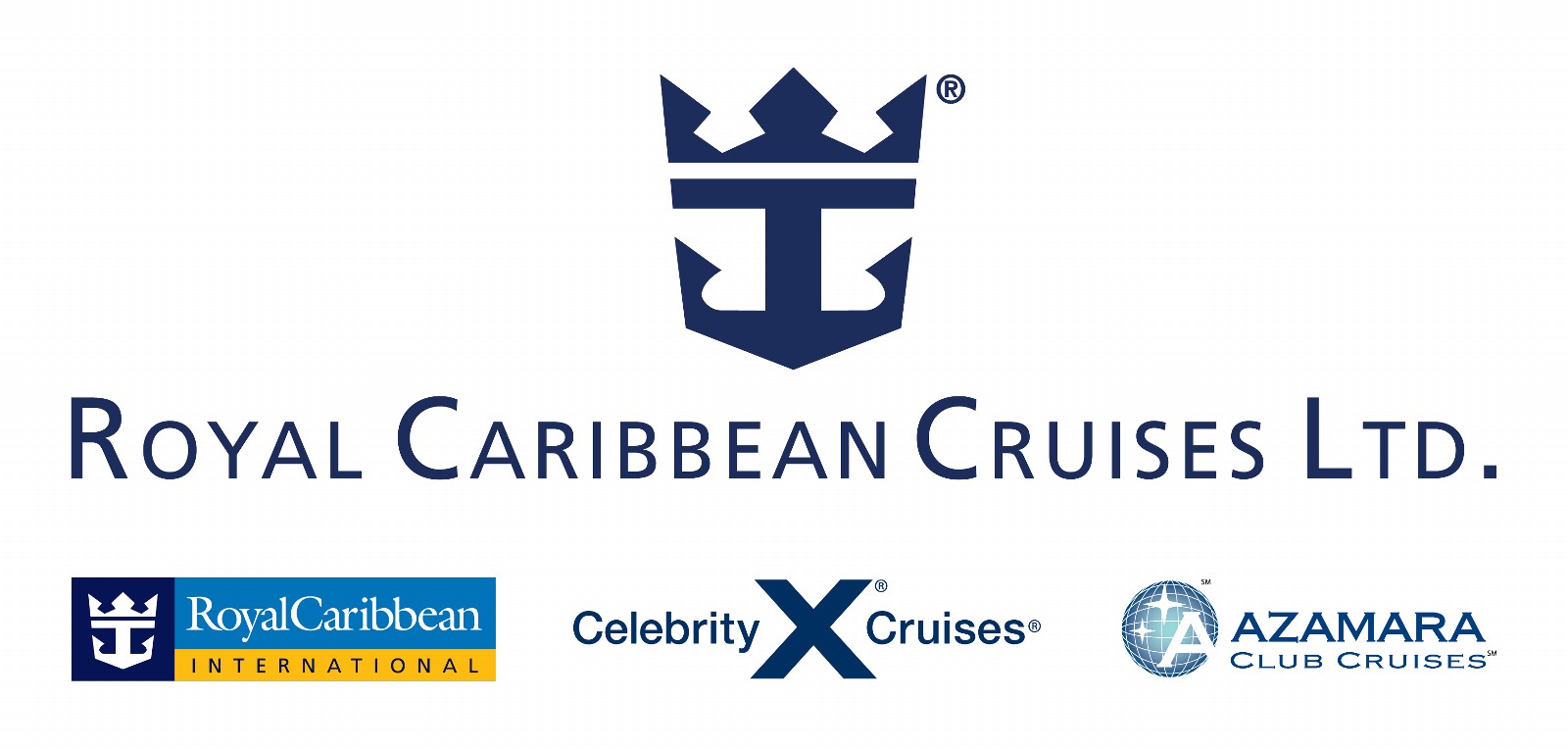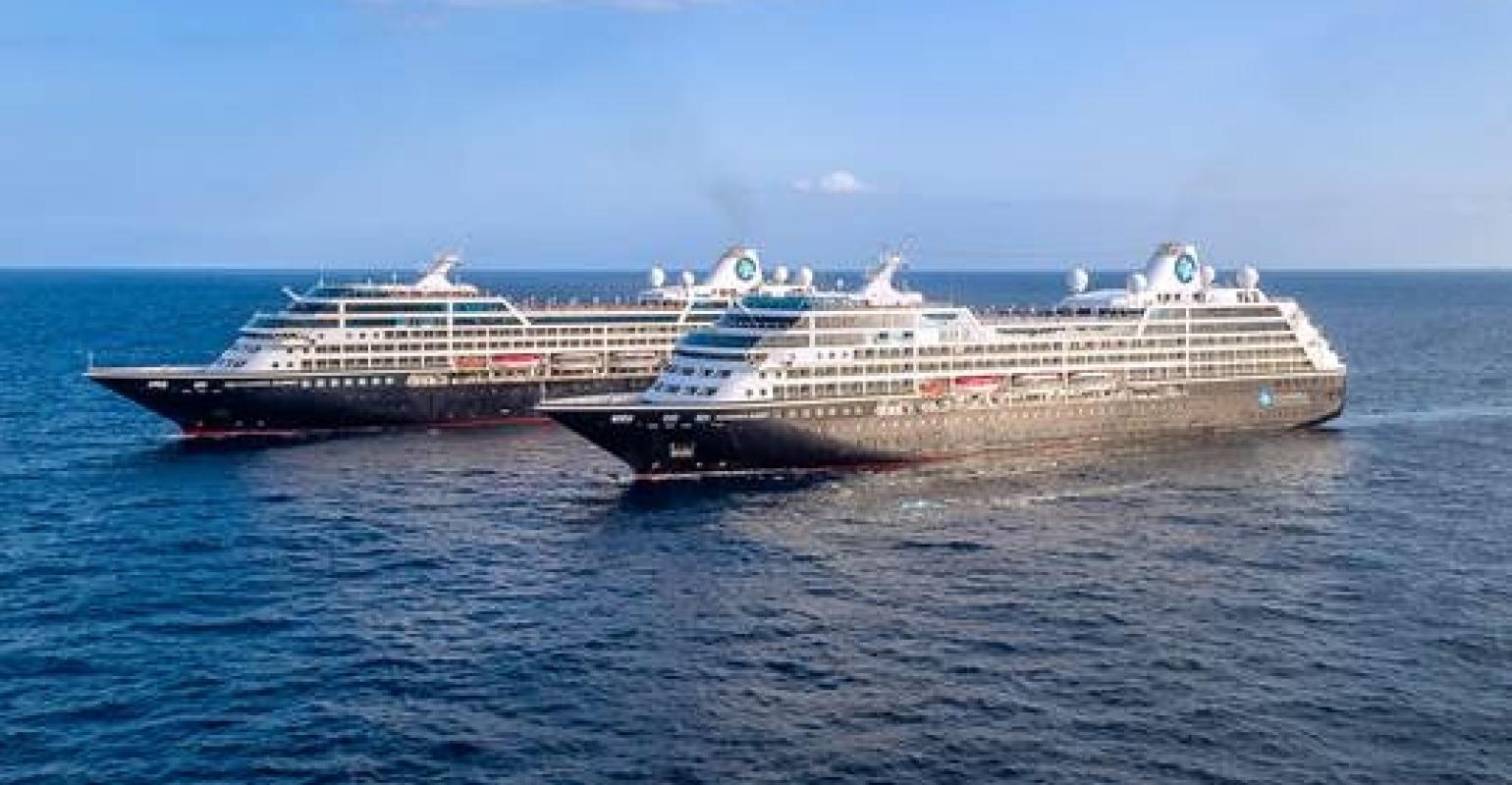Royal Caribbean Reports Q3 2022 Earnings; Net Income of $33 Million
Royal Caribbean Group today reported third quarter 2022 Earnings per Share of $0.13 and Adjusted Earnings per Share of $0.26.
Third quarter results were better than expected and above guidance for the quarter mainly due to higher load factors from strong close-in demand, further improvement in onboard revenue and better cost performance. The Group also introduced the Trifecta Program, a new three-year initiative designed to drive superior performance, according to a press release.
"Last quarter's better-than-expected performance was a result of the continued robust demand environment and strong execution by our teams," said Jason Liberty, president and chief executive officer of Royal Caribbean Group.
"The combination of our leading global brands, the best and most innovative fleet in the industry, our nimble global sourcing platform and the very best people have delivered a successful return of our business to full operations and positions us well to deliver record yields and adjusted EBITDA in 2023," added Liberty. "The Trifecta Program provides us with the financial coordinates we are looking to achieve over the next three years. As we have demonstrated in the past, we expect the formula of moderate yield growth, strong cost discipline, and moderate growth of our fleet will deliver a strong financial profile."
Business Highlights
- Load factors in the third quarter were 96% overall, with Caribbean sailings reaching almost 105%.
- Total Revenue in the third quarter was $3.0 billion, Net Income was $33.0 million and Adjusted EBITDA was $742.3 million.
- Booking volumes in the third quarter accelerated versus the second quarter of 2022 and remained significantly higher than booking volumes received in the third quarter of 2019 for all future sailings.
- For 2023, all quarters are currently booked well within historical ranges at record pricing.
- During the third quarter, the company addressed $5.6 billion of its 2022 and 2023 debt maturities, resulting in $0.1 billion and $2.1 billion of maturities remaining in 2022 and 2023, respectively.
- Based on continued strength in consumer demand and typical load factor seasonality, the company expects fourth-quarter load factors to be similar to the third quarter overall, and to reach triple digits by year-end.
- For the fourth quarter of 2022, based on current currency exchange rates, fuel rates and interest rates, the company expects to generate Total Revenue of approximately $2.6 billion, Adjusted EBITDA of $350 - $400 million and Adjusted Loss per Share of ($1.30) – ($1.50).
- The Trifecta Program is designed to achieve three important financial goals by the end of 2025: increasing Adjusted EBITDA per APCD to triple digits, increasing Adjusted EPS to double digits, and achieving ROIC in the teens, while in parallel returning to an investment grade profile and reducing carbon intensity by double digits as compared to 2019.
Third Quarter 2022
The company reported Net Income for the third quarter of $33.0 million or $0.13 per share compared to a Net Loss of $(1.4) billion or $(5.59) per share for the same period in the prior year. The company also reported an Adjusted Net Income of $65.8 million or $0.26 per share for the third quarter compared to an Adjusted Net Loss of $(1.2) billion or $(4.91) per share for the same period in the prior year.
Third quarter load factors were 96% overall and almost 105% for Caribbean Sailings. As expected, total revenues per passenger cruise day were flat as reported and up 1% in constant currency versus the third quarter of 2019 despite the negative impact from the redemption of future cruise certificates (FCCs) and lower-than-average load factors on high-priced Europe itineraries.
Gross Cruise Costs per APCD increased by 1% as reported and in constant currency, compared to the second quarter of 2022. Net Cruise Costs (NCC), excluding fuel, per APCD improved by 11% as reported and 10% in constant currency, compared to the second quarter of 2022. Gross Cruise Costs per APCD and NCC, excluding fuel, per APCD for the third quarter included $3.37 per APCD related to health protocols and one-time lagging costs related to the fleet ramp-up.
NCC, excluding fuel, per APCD for the fourth quarter is expected to be higher by low to mid-single digits compared to the fourth quarter of 2019, all on a constant currency basis. The company still expects to have transitory costs in the fourth quarter, but is expected to normalize as the company is nearing full occupancies, full crew staffing levels, and adapting protocols. The improvement is partially offset by inflationary and supply chain challenges, mainly related to fuel and food costs, which are expected to continue to weigh on costs through the rest of this year and through the first half of 2023.
Update on Bookings
Booking volumes in the third quarter were significantly higher than in the corresponding period in 2019, the company said.
This improvement in bookings was helped by the easing of testing and vaccination protocols which now align more closely with the broader travel industry, allowing everyone to enjoy a cruise vacation.
Guests continue to make their cruise reservations closer to sailing than in the past, resulting in about 50% more bookings in the third quarter for current year sailings when compared to the third quarter of 2019.
While 2022 bookings remain strong and on pace to achieve occupancy targets, the most notable change has been a substantial acceleration in demand for 2023 sailings.
Booking volumes for 2023 doubled during the third quarter when compared to the second quarter and were considerably higher than bookings for 2020 sailings during the comparable period in 2019, the highest in company history.
As of September 30, 2022, the Group's customer deposit balance was $3.8 billion, reflecting typical seasonality as peak summer sailing deposits have been recognized in revenue. In the third quarter, approximately 95% of total bookings were new versus FCC redemptions.
Trifecta Program
The Trifecta Program is a three-year financial performance initiative designed to chart out the pathway back to superior performance with three main goals to be achieved by the end of 2025, the company said, including:
- Triple Digit Adjusted EBITDA per APCD, to exceed prior record Adjusted EBITDA per APCD of $87 in 2019.
- Double Digit Adjusted Earnings per Share to exceed the prior record Adjusted Earnings per Share of $9.54 in 2019.
- Return on Invested Capital ("ROIC") in the teens to exceed the prior record ROIC of 10.5% in 2019 through optimizing capital allocation and enhancing operating income; all while returning to an investment grade profile and reducing carbon intensity by double digits compared to 2019.
To achieve these goals, the company expects to execute its proven formula of moderate capacity growth, moderate yield growth, and strong cost controls, all while ensuring disciplined capital allocation, investing in the future and improving the balance sheet.
"Our brands, vacation offerings and fleet have never been stronger and we are well positioned for a continued step change in financial performance," said Liberty. "Our proven formula for success is unchanged as we grow capacity and, enhance profitability while seeking to deliver superior shareholder return."
Liquidity and Financing Arrangements
As of September 30, 2022, the Group's liquidity position was $3.1 billion, which includes cash and cash equivalents, undrawn revolving credit facility capacity, and a $700 million commitment for a 364-day term loan facility.
During the third quarter, the company took proactive actions to address $5.6 billion of 2022 and 2023 maturities, in addition to securing financing for the Silversea Endeavour acquisition:
- In August, the company issued $1.15 billion of 6.00% convertible notes due 2025 and used the proceeds to repurchase $800 million of its 4.25% convertible notes maturing June 2023 and $350 million of its 2.875% convertible notes maturing November 2023;
- In August, the company issued $1.25 billion of 11.625% unsecured notes due 2027 to refinance 2022 and 2023 debt maturities;
- In August, the company extended its existing commitment from Morgan Stanley for a $700 million delay draw term loan facility to August 2023;
- In September, the company amended its $554 million Term Loan (due October 2023) such that the aggregate outstanding principal balance is $502 million, with $30.0 million maturing in October 2023 and $472 million maturing in October 2024.
- In September, the company priced $1.0 billion of 8.25% secured notes and $1.0 billion of 9.25% guaranteed notes, both due 2029 and callable in 2025 to refinance $1.0 billion of secured notes and $1.0 billion of guaranteed notes, both due June 2023. The transaction closed in October.
"During the third quarter, we took a series of proactive actions to methodically address a significant amount of our 2022 and 2023 debt maturities," said Naftali Holtz, chief financial officer, Royal Caribbean Group. "Our strong near-term liquidity enables us to focus on continuing to improve the balance sheet as we seek to return to an investment grade profile."







![Royal Caribbean Ships by Size [2020] with Comparison Chart](https://res.cloudinary.com/gangwaze-res/image/upload/c_fill,h_630,w_1200/v1/blog/royal-caribbean-ships-by-size/royal-caribbean-ships-by-size-f.jpg)


